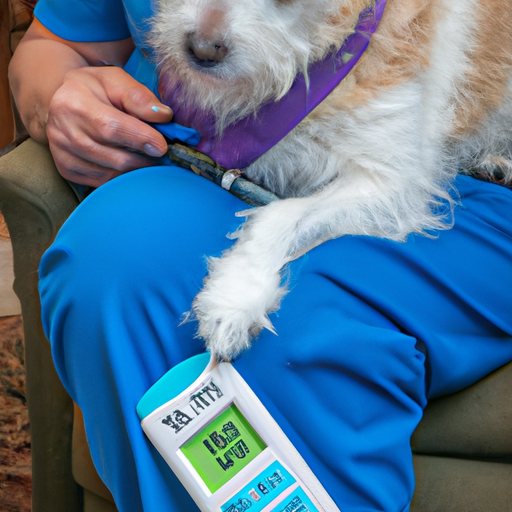1. Understanding the Importance of Tracking Your Dog’s Blood Sugar Levels
Your beloved four-legged friend is more than just a pet; they’re a part of the family. So, when it comes to their health, you want to be as proactive and informed as possible. Monitoring your dog’s blood sugar levels is one essential aspect of maintaining their health, particularly if they suffer from diabetes or hypoglycemia. Regular checks can provide valuable data to your vet and help prevent serious complications.
2. Recognizing the Symptoms of Blood Sugar Imbalances
Being aware of the symptoms of high or low blood sugar can be a lifesaver. If your dog is lethargic, excessively thirsty, losing weight, or displaying unusual behavior, they may have a blood sugar imbalance.
- High blood sugar (Hyperglycemia): Symptoms include excessive thirst, frequent urination, unexplained weight loss, and lethargy.
- Low blood sugar (Hypoglycemia): Symptoms include weakness, trembling, seizures, and unconsciousness.
3. Checking Your Dog’s Blood Sugar at Home
Checking your dog’s blood sugar at home is a straightforward process with the right tools. Here’s a step-by-step guide:
- Purchase a pet-specific blood glucose meter. Human glucose meters may give inaccurate results for dogs.
- Choose a spot to draw blood. The margin of the ear is often used.
- Clean the area with an alcohol swab.
- Prick the skin with a lancet.
- Apply the blood drop to the test strip in your glucose meter.
- Record the reading and the date/time.
4. Understanding Your Dog’s Blood Sugar Levels
Understanding what constitutes normal and abnormal blood sugar levels in dogs is crucial. Here’s a basic table to guide you:
| Condition | Blood Glucose Level (mg/dL) |
|---|---|
| Normal | 75 – 120 |
| Hypoglycemia | Below 60 |
| Hyperglycemia | Above 250 |
5. When to Consult a Vet
If your dog’s blood sugar levels are consistently outside the normal range, it’s time to consult a vet. They can provide a comprehensive diagnosis and treatment plan. Remember, managing your dog’s blood sugar levels involves regular monitoring, a healthy diet, and in some cases, medication.
FAQs
Q: How often should I check my dog’s blood sugar?
A: This depends on your dog’s health condition. If your dog is diabetic, you might need to check it multiple times a day. For a healthy dog, a regular check-up with the vet is sufficient.
Q: Can I use a human glucose meter for my dog?
A: It’s not recommended as human glucose meters can give inaccurate results for dogs.
Q: What should I do if my dog’s blood sugar is consistently high or low?
A: You should consult a vet immediately. They can provide a proper diagnosis and treatment plan.
Remember, your vigilance and attention can make a significant difference to your dog’s health. So, stay informed and proactive in your pet’s healthcare.



